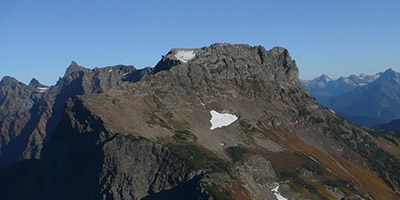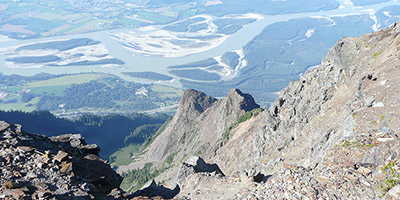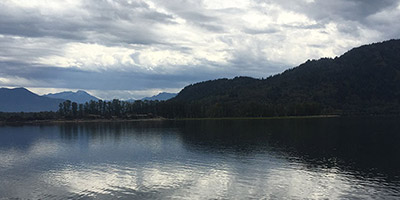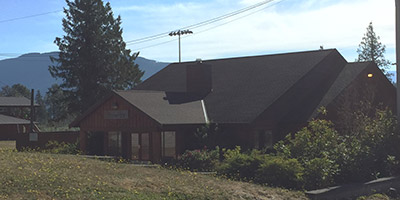Sxwōxwiyám View from the Qithyil Site

Legend: Viewshed Skiwxo:mexws Analyis
- Qithyil
- Skiwxo:mexws (Des lieux des sxwōxwiyám)
Location
- Stó:lo
- Xomó:th'iya
- Skw'ikw'ets'tel
- Kw'ekw'e'í:qw
- Sqwemá:y
- Lhilheqey
- Lhílheqey’s Sisters
- Óyewot
- S'óyewot
- Qithyil Site
-
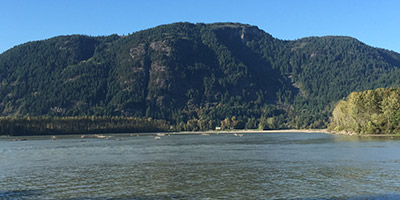
Stó:lo
Stó:lō means river. Since it is used for the Fraser, the most important river in Stó:lō culture, some sources give the meaning as River of Rivers. It can be used for any river, but by default speakers use it to refer to the Fraser river.
Close -
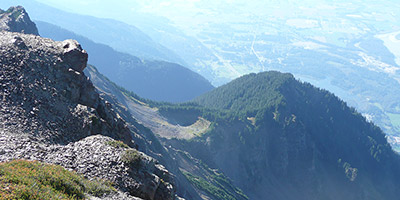
Xomó:th'iya
This is a small peak next to Mount Cheam, the youngest sister of Lhílheqey, who cries. The root is x_á:m - to cry, with the ending -iya ending (literally 'dear'). The ending -iya is common in female names.
Close -

Skw'ikw'ets'tel
The literal meaning of Skw'ikw'ets'tel is 'butchering tools' or 'fish butchering device'. Some sources give the meaning as 'cut fish'.
Close -
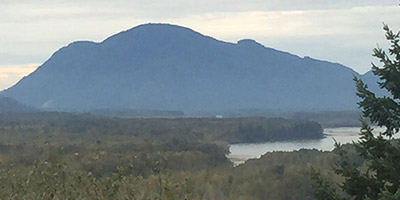
Kw'ekw'e'í:qw
The name means 'fish heads sticking up or 'heads sticking up'. One Elder comments 'so called because you go over a hump of hill and slide down the other side face up' (in Dictionary of Upriver Halkomelem).
Close -
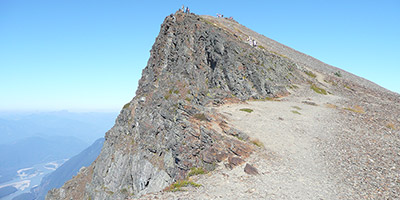
Lhilheqey
The name may come from the root lhélqi - soak fish, meat, or berries (i.e. rehydrate food). Some Elders give an alternative meaning: that the name means glacier.
Close -
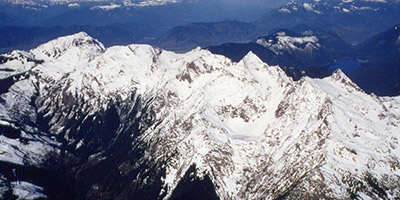
Lhílheqey’s Sisters
The general term for Lhílheqey's sisters would be ye el'álexs the Lhílheqey (literally the siblings of Lhílheqey).
Close -
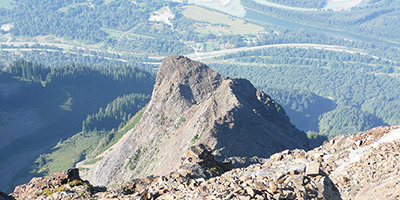
Óyewot
No clear root is identifiable here, though the name may be based on the root óy, associated with slowness and delay.
Close
Sxwōxwiyám View From the Sq’éwlets Band Office
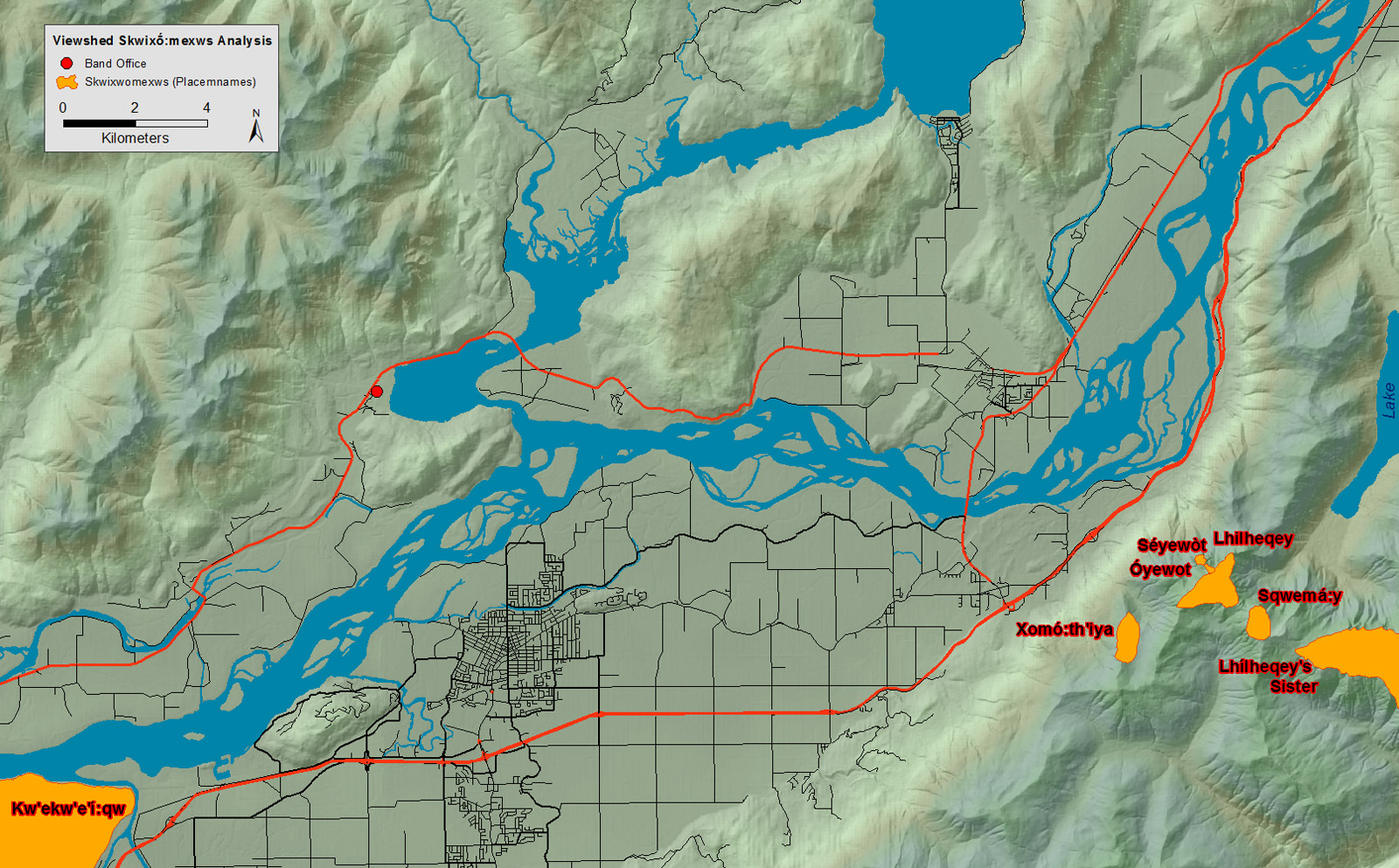
Legend: Viewshed Skiwxo:mexws Analyis
- Sq’éwlets Band Office
- Skiwxo:mexws (Placenames)
Locations
- Kw'ekw'e'í:qw
- Óyewot
- Xomó:th'iya
- S'óyewot
- Sqwemá:y
- Lhilheqey
- Lhílheqey’s Sisters
- Sq’éwlets Band Office
-

Kw'ekw'e'í:qw
The name means 'fish heads sticking up' or 'heads sticking up'. One Elder comments 'so called because you go over a hump of hill and slide down the other side face up' (in Dictionary of Upriver Halkomelem).
Close -

Óyewot
No clear root is identifiable here, though the name may be based on the root óy, associated with slowness and delay.
Close -

Xomó:th'iya
This is a small peak next to Mount Cheam, the youngest sister of Lhílheqey, who cries. The root is x_á:m - to cry, with the ending -iya ending (literally 'dear'). The ending -iya is common in female names.
Close -

Lhilheqey
The name may come from the root lhélqi - soak fish, meat, or berries (i.e. rehydrate food). Some Elders give an alternative meaning: that the name means glacier.
Close -

Lhílheqey’s Sisters
The general term for Lhílheqey's sisters would be ye el'álexs the Lhílheqey (literally the siblings of Lhílheqey).
Close




